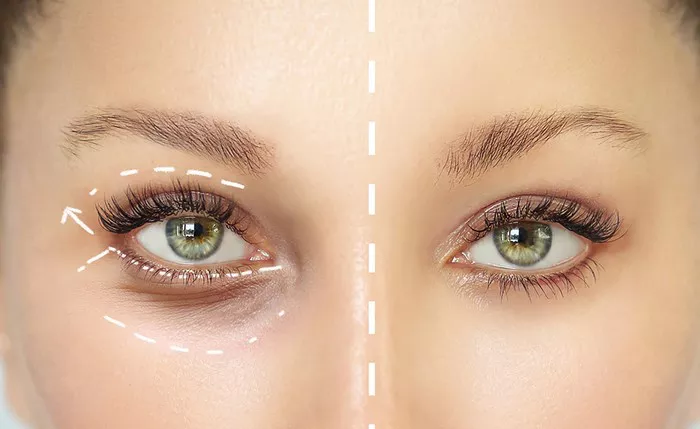Blepharoplasty, commonly referred to as eyelid surgery, is a cosmetic procedure designed to rejuvenate the appearance of the eyelids by removing excess skin, fat, and muscle. While many individuals seek blepharoplasty to achieve a more youthful and refreshed look, concerns about pain and discomfort are common. This article aims to provide insights into the pain associated with blepharoplasty surgery, discussing factors that influence pain perception, pain management techniques, and the overall patient experience during the recovery process.
Understanding Blepharoplasty Surgery
Blepharoplasty is performed on either the upper or lower eyelids or both, depending on the patient’s needs and goals. The surgery is tailored to address issues such as sagging skin, puffiness, bags under the eyes, and excess skin that can obstruct vision.
During the procedure, incisions are strategically made along the natural creases of the eyelids to minimize visible scarring. Excess skin, fat, and muscle are then removed or repositioned to achieve a more youthful and harmonious appearance. The surgery is typically performed under local anesthesia with sedation or general anesthesia.
Factors Influencing Pain Perception
The perception of pain can vary widely from person to person due to several factors:
Individual Pain Threshold: People have different levels of pain tolerance, which can influence how they experience pain during and after surgery.
Surgical Technique: The extent and complexity of the blepharoplasty procedure can impact the amount of tissue manipulation and trauma, affecting postoperative discomfort.
Anesthesia: The type of anesthesia used during surgery (local, sedation, or general) can influence the patient’s perception of pain.
Patient Anxiety: Anxiety and stress before surgery can heighten the perception of pain.
Pain Management Techniques
Plastic surgeons take proactive measures to manage pain and discomfort during and after blepharoplasty:
Anesthesia: Surgeons administer local anesthesia with sedation or general anesthesia to ensure patients are comfortable and pain-free during the procedure.
Pain Medications: After surgery, patients are prescribed pain medications to manage discomfort during the initial stages of recovery.
Cold Compresses: Applying cold compresses or ice packs to the surgical area can help reduce swelling and discomfort.
Elevation: Keeping the head elevated while resting can minimize swelling and reduce discomfort.
Topical Ointments: Antibiotic ointments and lubricating eye drops can soothe the surgical site and prevent dryness.
Follow-Up Care: Plastic surgeons provide specific postoperative care instructions to ensure patients have a smooth recovery experience.
Patient Experience and Recovery
While some discomfort is expected after blepharoplasty surgery, most patients find that pain is manageable and gradually subsides over time. Swelling, bruising, and tightness around the eyes are common during the initial recovery period. Patients can expect to return to their normal activities within a week or two, depending on their healing progress.
Conclusion
The pain associated with blepharoplasty surgery varies from person to person and depends on factors such as individual pain threshold, surgical technique, and anesthesia. Plastic surgeons prioritize patient comfort by using anesthesia, prescribing pain medications, and providing postoperative care instructions. While some discomfort is inevitable, many patients find that the pain is manageable and decreases as the healing process progresses. Ultimately, the decision to undergo blepharoplasty should be based on an informed understanding of the potential discomfort, the benefits of the procedure, and the expected outcomes. Consulting with a qualified plastic surgeon is essential to address any concerns and ensure a successful and comfortable blepharoplasty experience.

